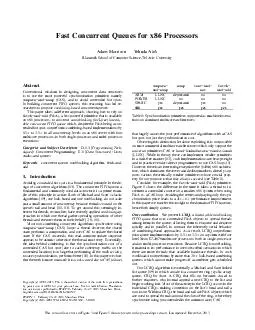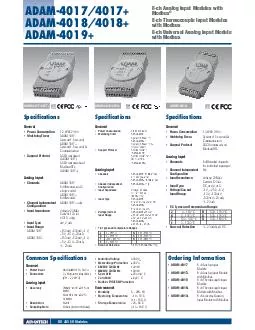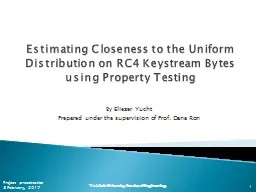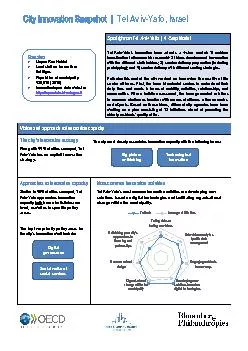PDF-Fast Concurrent Queues for x Processors Adam Morrison Yehuda Afek Blavatnik School of
Author : ellena-manuel | Published Date : 2015-01-19
In building concurrent FIFO queues this reasoning has led re searchers to propose combiningbased concurrent queues This paper takes a different approach showing
Presentation Embed Code
Download Presentation
Download Presentation The PPT/PDF document "Fast Concurrent Queues for x Processors ..." is the property of its rightful owner. Permission is granted to download and print the materials on this website for personal, non-commercial use only, and to display it on your personal computer provided you do not modify the materials and that you retain all copyright notices contained in the materials. By downloading content from our website, you accept the terms of this agreement.
Fast Concurrent Queues for x Processors Adam Morrison Yehuda Afek Blavatnik School of: Transcript
Download Rules Of Document
"Fast Concurrent Queues for x Processors Adam Morrison Yehuda Afek Blavatnik School of"The content belongs to its owner. You may download and print it for personal use, without modification, and keep all copyright notices. By downloading, you agree to these terms.
Related Documents














